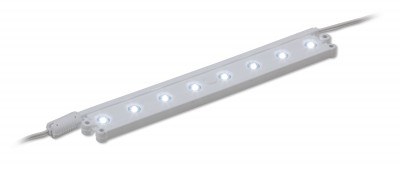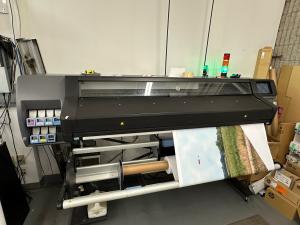Solid-growth market predicted for solid-state lighting
The total market for all solid-state lighting (SSL), including light-emitting diodes (LEDs), organic LEDs (OLEDs) and polymer-based LEDs (PLEDs), is expected to reach $56.79 billion by 2018, according to a new report by MarketsandMarkets.

The market research report analyzes and forecasts figures by lighting type, application (e.g. backlighting) and vertical market (e.g. industrial), suggesting an overall compound annual growth rate (CAGR) of 18.7 per cent from 2013 through 2018. While LEDs have become the sign industry’s standard technology for illuminating channel letters and sign cabinets, for example, their energy efficiency and low heat dissipation have also made them useful for medical applications, including surgical illumination, and for many automotive lighting applications.
OLEDs, too, have made some gains in backlighting applications. As major Asian manufacturers’ production costs continue to fall, the report suggests, prices of full OLED panels will also decline, allowing them to displace some LED arrays and liquid crystal displays (LCDs). The report predicts the CAGR for OLED-based SSL will exceed 25 per cent in major applications, including general illumination, backlighting, automotive lighting and medical illumination.
Another ongoing trend is the use of LEDs to backlight LCDs. Reductions in the prices of both components are enabling the broader adoption of digital signage, particularly for digital out-of-home (DOOH) advertising purposes, but also in educational and government markets, where digital signage is still emerging as a practical medium for communications.
MarketsandMarkets claims backlighting and general lighting represented 87 per cent of all SSL applications in 2012; so, as the SSL market grows, these applications should see record-high growth, too.
The report cites Asia-Pacific (APAC) as the leading region, with 50 per cent of market share in 2012, followed by North America with 23.9 per cent and Europe with 19.9 per cent. Russia, Brazil and the Middle East represented most of the remaining 6.2 per cent of the global market.
The full report is available at www.marketsandmarkets.com.


